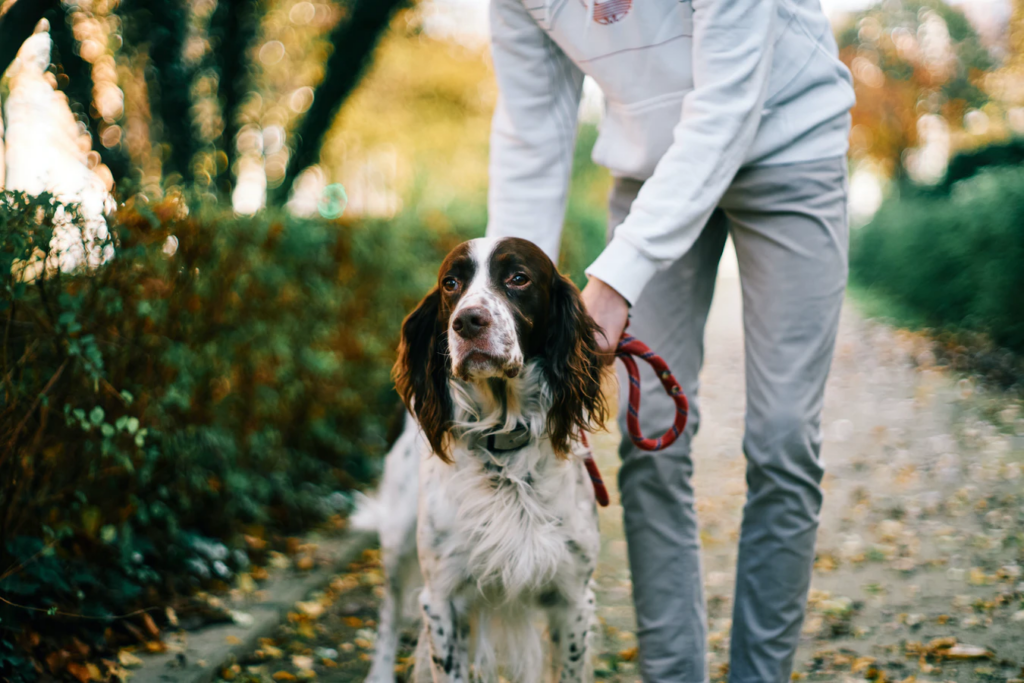Training your pet can be tricky, but proper pet training and pet care are so important because they are the basis for a loving, respectful and happy companionship with your pet.
There are countless methods available but which are right for you and your pet and will be the most effective? While this guide mainly serves dogs as they’re the most commonly trained pets, let this serve as your jumping off point for training any pet in your home for a long, happy partnership.
1. Aversive-Based vs Reward-Based Pet Training Methods
You can train a dog using aversive-based or reward-based methods. Aversive-based training uses positive punishment and negative reinforcement, whereas reward-based training relies solely on rewards for behaviors you want to promote.
Aversive-based training achieves desirable behaviors by using techniques such as harsh scoldings, physical corrections, and loud, unpleasant noises. In contrast, reward-based training instills desired behaviors via rewards and reinforces these behaviors with positive actions like belly rubs and treats.
Each method enjoys the favor of many dog training experts, so the best one for you and your pet is a matter of preference. Pick the one you find most appealing. That said, we recommend reward-based training because we believe it makes your dog associate you with positive feelings instead of fear.
2. Understand How Your Pet Learns
Dog and two-year-old children learn similarly because their intelligence is comparable. Immediate consequences significantly impact dogs’ behavior. Their comprehension of words improves as they grow. Keep in mind, though, that the tone of your voice triggers your pet’s response more than the words.
You train your dog to be obedient using either aversive-based or reward-based methods that focus on specific behaviors. However, many experts recommend reward-based methods if you want to train your pet to be a loving companion because these methods reinforce affection and companionship instead of fear-based responses.
3. Address both good and bad behaviors
Rewarding good behaviors with affection, praise, or treats is a powerful way to train your dog. Find out which rewards your dog likes most and use them consistently. Reward only good behavior, and give the reward immediately after your dog engages in the desired behavior.
As you train your dog using rewards, ensure it also learns that behaviors you don’t like have consequences. In this case, the consequence is that you will withhold the reward if the dog engages in undesirable behaviors, such as jumping up at people to greet them.
Furthermore, focus on one behavior or task at a time when you teach your pet new skills because dogs have short attention spans. Use the same word or phrase (sit, lie down, heel, etc.) for commands because your dog may not understand variations of these commands.
A Happy Companionship
Well-trained pets make for the best companions. Understand how your dog learns before choosing aversive-based or reward-based training. For reward-based training, identify your dog’s preferred rewards and use them to optimize the results of your training. Whichever method you choose, be sure to address both good and bad behavior.
Proper training ensures you and your pet enjoy a happy companionship throughout its life. Upon its passing, Midlands Pet Care is a family-owned and operated company specializing in pet burials and cremations.

